Jean-Charles Vialatte
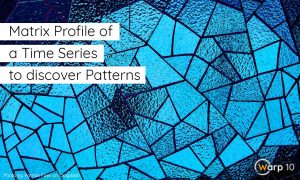
Tutorials
Matrix Profile of a Time Series to discover Patterns
- May 24, 2022
- Machine Learning
- Plugin/Extension
- WarpScript functions
Follow this tutorial and learn about an operation called matrix profile that profiles a time series in order to discover patterns.
Read More
Warp 10 Platform
All you need to know about interactions between Warp 10 and Python
- January 13, 2022
- Plugin/Extension
- Warp 10 Ecosystem
In this blog post, we summarize resources and tips on interactions between Python and Warp 10.
Read More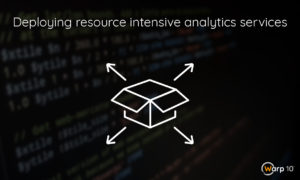
Warp 10 Platform
Deploying resource intensive analytics services
- June 24, 2021
- Extreme Warp 10
- Macros
When deploying analytics services we can tumble into resource allocation issues. In this article we cover some Warp 10 built-in mechanisms that solve them.
Read More
Thinking in WarpScript
12 tips to apply sliding window algorithms like an expert
- May 13, 2021
- Geo Time Series
- WarpScript functions
We present 12 simple tips to make full use of the powerful MAP framework for manipulating time series with sliding window algorithms.
Read More
Warp 10 Platform
A review of smoothing transforms in WarpLib
- February 18, 2021
- Machine Learning
- WarpScript functions
WarpLib has a ton of functionalities. Among them are smoothing functions. This is a review.
Read More
Thinking in WarpScript
WarpScript 101: About the syntax
- October 20, 2020
- Popularization
- WarpScript functions
WarpScript syntax can look alien at first. We discuss the thoughtful reasons for its design and see how easy it is to get used to it.
Read More
Warp 10 Platform
Time series forecasts in WarpScript
- June 16, 2020
- Machine Learning
- Plugin/Extension
In this article, we present the WarpScript extension for time series forecasting and show an exemple on power consumption data and another one on air passenger data.
Read More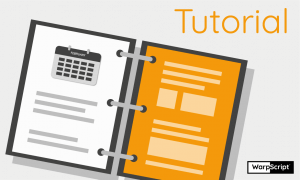
Tutorials
Aggregate by calendar duration in WarpScript
- February 28, 2020
- WarpFleet
- WarpScript functions
In this tutorial, we will see how to aggregate by calendar duration that can be irregular (like months or years for example)
Read More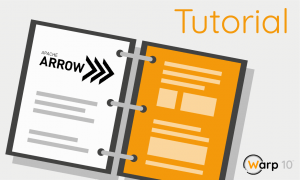
Tutorials
Conversions to Apache Arrow format
- November 28, 2019
- Geo Time Series
- Plugin/Extension
- Warp 10 Ecosystem
WarpScript has support for Apache Arrow Format. Discover what this format is with examples using WarpScript with R, Python and Spark.
Read More
Warp 10 Platform
Random Number Generation in WarpScript
- October 24, 2019
- Geo Time Series
Learn how to generate random numbers in WarpScript. Very useful to generate random Time Series for synthetic test datasets.
Read More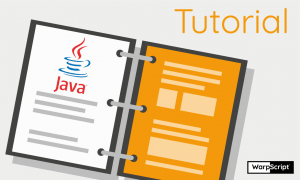
Tutorials
Implementing a WarpScript function in Java
- September 3, 2019
- Warp 10 Ecosystem
Learn how to implement a WarpScript function in Java, so you can make your own extension or contribute to the source code of Warp 10.
Read More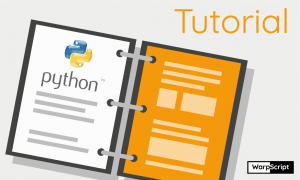
Tutorials
WarpScript for Pythonists
- August 20, 2019
- Warp 10 Ecosystem
Discover why, when, and how to use WarpScript in Python, to glean the benefits of using the analytics engine of the most advanced time series platform.
Read More
Warp 10 Platform
How does a time series correlates with its past?
- May 23, 2019
- KISS
- Machine Learning
We use the auto-correlation function. We see how to implement it in WarpScript, with an exact calculation and then with a fast and accurate approximation.
Read More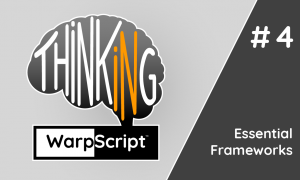
Thinking in WarpScript
Thinking in WarpScript – Essential frameworks
- May 16, 2019
- WarpScript functions
In this blog post, we review the essential frameworks available in WarpScript. They simplify greatly usual time series processing.
Read More
Thinking in WarpScript
Thinking in WarpScript – Detecting anomalies
- April 16, 2019
- Machine Learning
WarpScript, the data programming language of the Warp 10 platform, offers built-in functions to help you detecting anomalies. We review them in this post.
Read More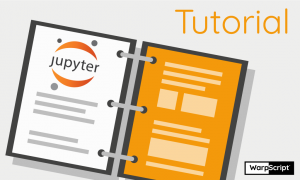
Tutorials
WarpScript in Jupyter notebooks
- March 5, 2019
- Machine Learning
- Plugin/Extension
- Warp 10 Ecosystem
Discover how to use WarpScript in a Jupyter notebook for doing data science on time series data.
Read More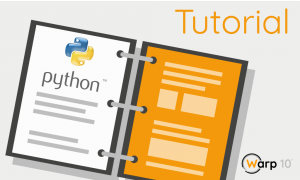
Tutorials
The Py4J plugin for Warp 10
- February 26, 2019
- Plugin/Extension
- Warp 10 Ecosystem
In this post, we explain how to install and use the Py4J plugin for Warp 10. This plugin allows Python scripts to interact with the WarpScript language.
Read More